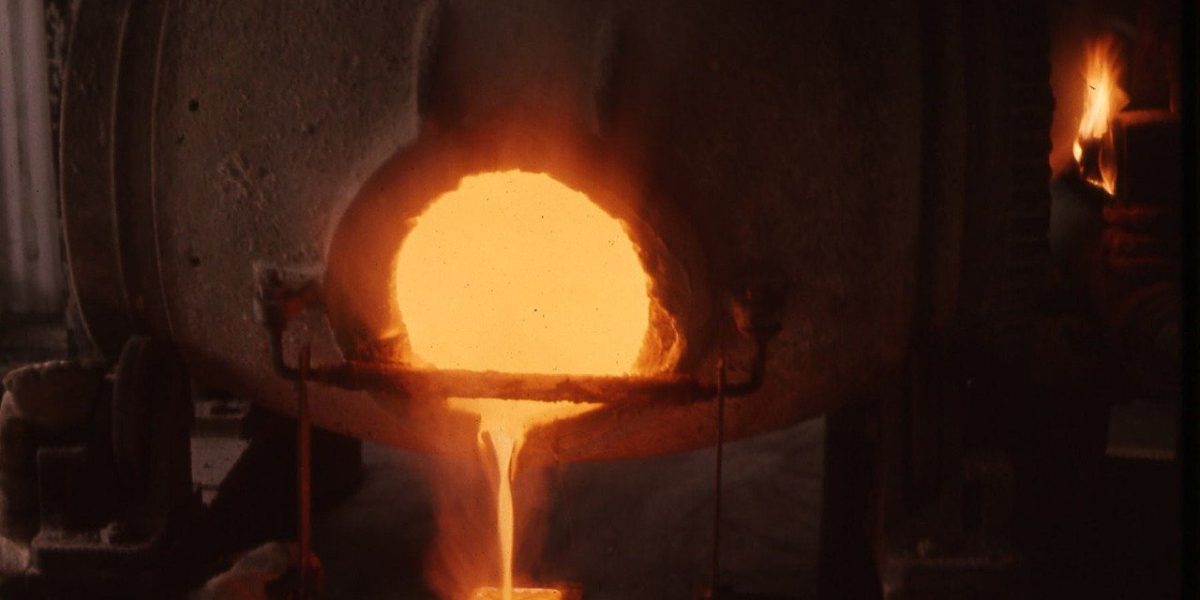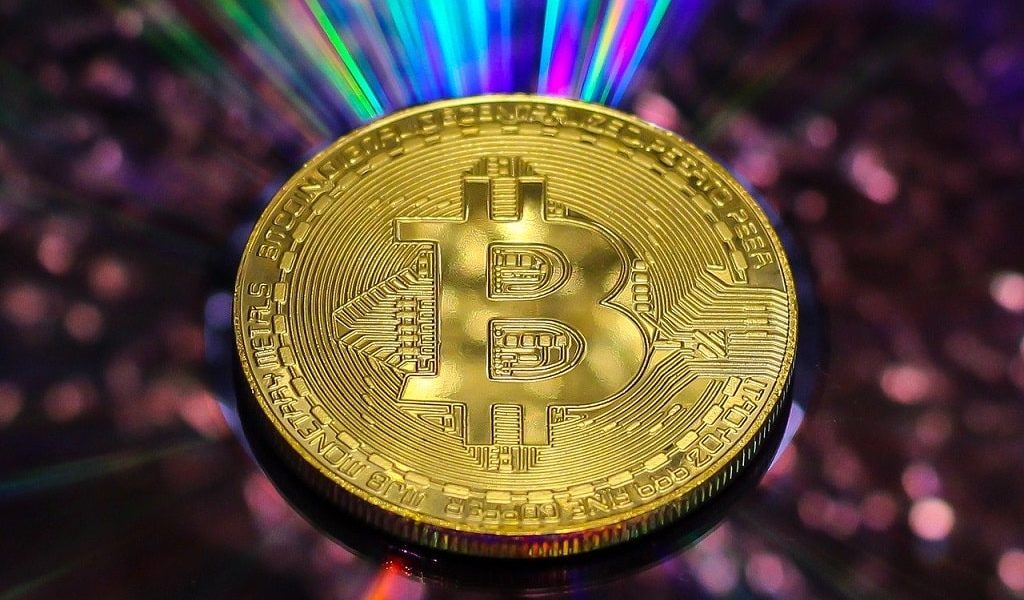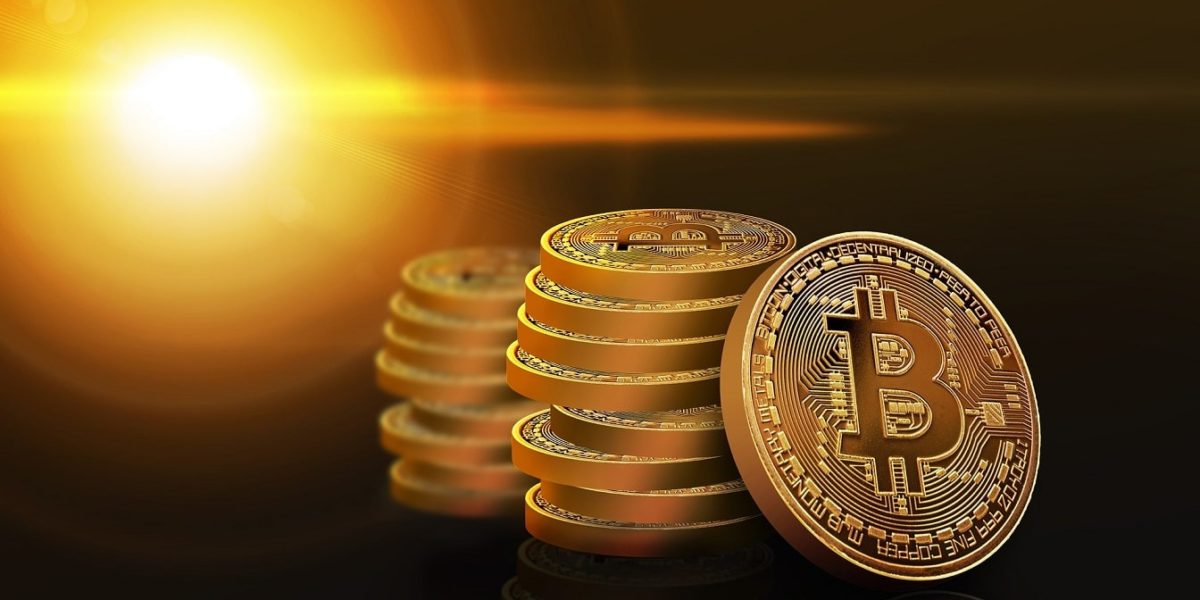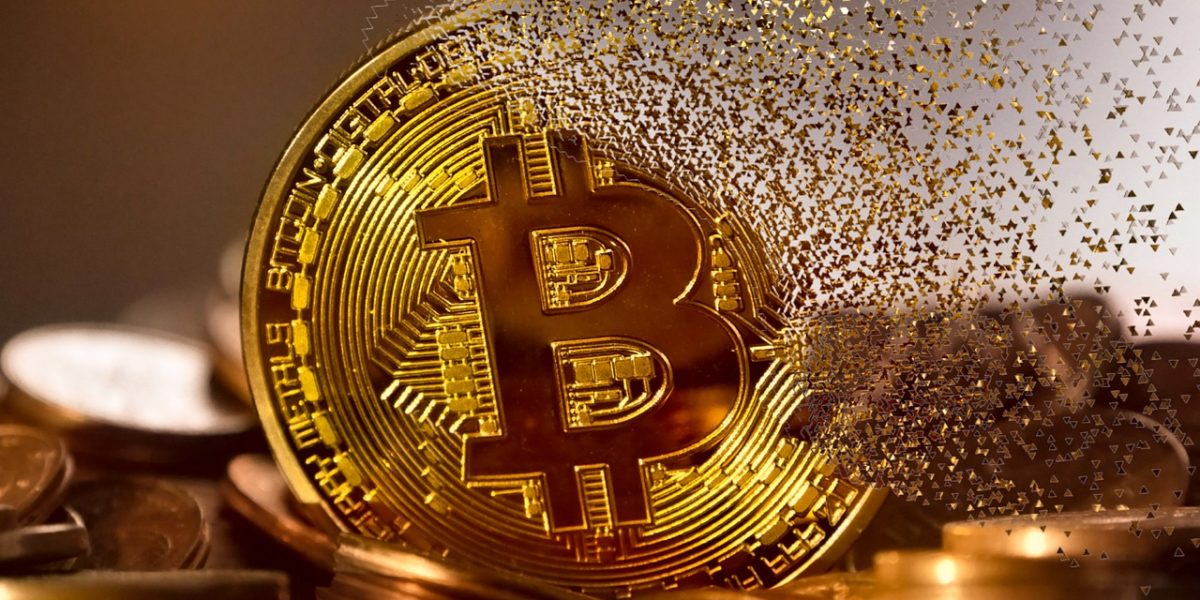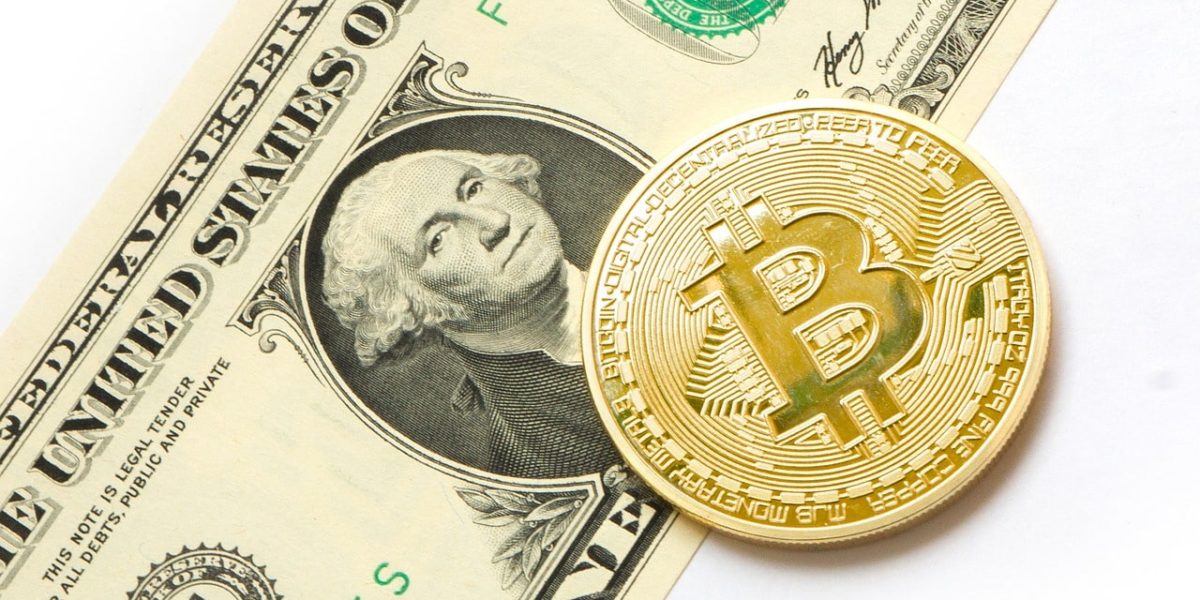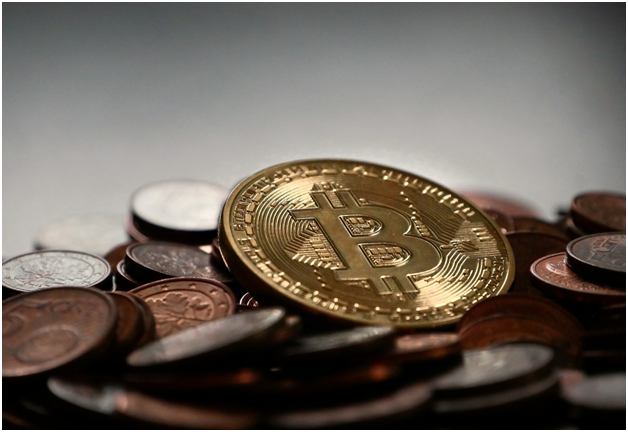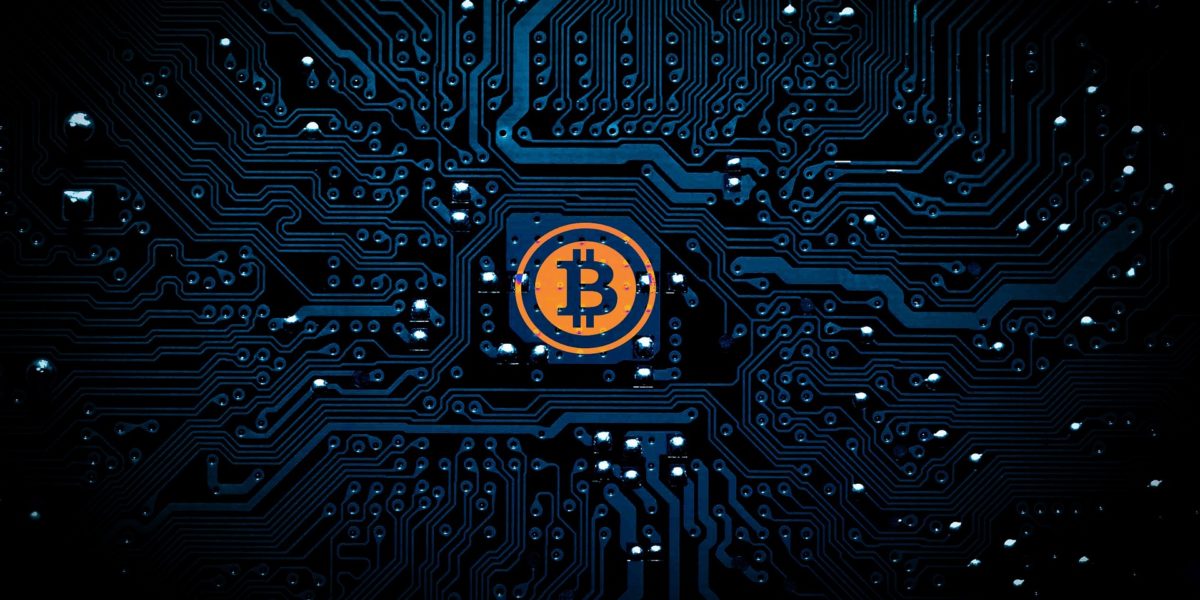blog
The Bear Market for Gold: A Time for Smart Investment
In the world of precious metals, we find ourselves in the midst of a bearish trend in the gold market. A massive sell-off of investment gold is currently underway on various global markets, and the driving force behind this phenomenon is the rising interest rates on US bonds. These bonds have become an attractive avenue for relatively secure investments, drawing
WHO HAS THE LARGEST GOLD RESERVES IN THE WORLD?
Gold has been used as a form of currency since ancient times, which led to the establishment of the so-called gold standard, commonly used at the end of the 19th century and throughout the 20th century. The gold parity was the first international gold currency system, which allowed participating countries to ensure the value of their paper money and coins
HISTORICAL COINS – WHAT ARE THEY AND WHY SHOULD YOU INVEST IN THEM?
Multiplying one’s wealth through investing in gold-made items has been known since the dawn of modern history. Gold bars, medals, antique jewelry, and pieces from the most famous jewelers – the king of precious metals offers a wide range of products, but gold coins, among which we distinguish bullion coins and historical coins, are the most frequently chosen products among
Is platinum a good investment? Platinum vs Gold
Platinum is a precious metal that has always existed on the fringes of the investment market. That is to say, its popularity has never been on the same level as gold or silver. Is it an underdog, then? Should we put more focus on platinum? Does it have a lot of untapped investment potential? Or is there a reason for
Why is Bitcoin so volatile? Is there any solution?
Bitcoin made headlines back in 2017, as its price surged to around $19.000 per unit and then suddenly dropped to just several thousand. It was then that the overall opinion that Bitcoin is volatile, has been consolidated. Sadly, there’s much ground to support that claim, as the constantly shifting cryptocurrency is very susceptible to changes that seemingly shouldn’t cause any
Is Bitcoin backed by anything?
Bitcoin became a hot topic, especially in the second half of the 2010s, when we’ve experienced a massive surge in its value, followed by a huge drop. Ever since then, BTC has been present in the public consciousness as the vanguard of alternative currency, digital money without a central bank and a high-risk-high-reward investment. But what exactly makes Bitcoin so
How stable is Bitcoin, why does BTC fluctuate, what affects its price and what can you do about it?
After the 2008 market crash exposed the vulnerabilities and corruption of the financial system, there were people dreaming of an alternative. Some turned these dreams into reality – that’s how Bitcoin came to be. A fully digital currency that would allow for anonymous value transfers, unbound to central banking, a pirate of sorts, drifting away from conventional currencies. Now, a
Don’t know what to do with your Bitcoin? Exchange it for precious metals! TOP 4 reasons to do so
Bitcoin has been making strides across media, but few, apart from the people deep into the topic, know exactly how it operates. Since its birth in 2009, it made headlines numerous times, garnering plenty of supporters and opponents, and experiencing several major price drops and increases. With its future being rather blurry after the infamous 2018 plummeting of prices, it
Buying gold with Bitcoin the safe way – how to do it step by step?
In some ways, Bitcoin is akin to gold and is even called digital gold by some people. Since the advent of Bitcoin in 2009, it has had a rather tumultuous journey over the past ten years. Although initially, it couldn’t make much of a mark, it witnessed a revival between 2016 and 2017, which rocked the very foundations of investment
Bitcoin vs gold in 2019: how do they compare?
To say that Bitcoin and cryptocurrencies have become a buzzword in media over the last several years would be to say nothing. They have completely taken the world by storm in an attempt to redefine the way we relate to money. Bitcoin and other related currencies (more than 4000 of them!) have already made plenty of millionaires and gave rise



